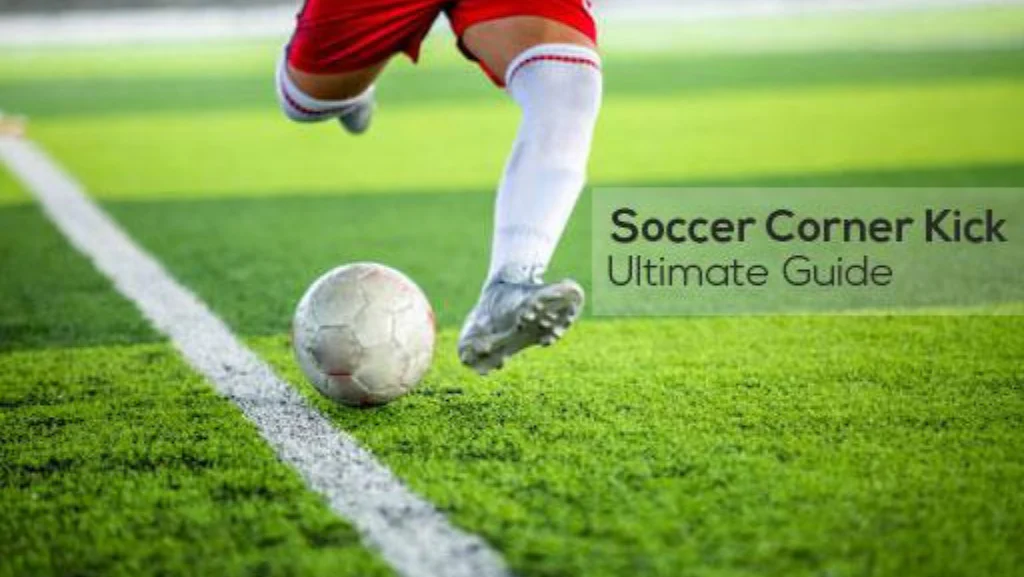
The guidelines for a corner kick in soccer

One of the most exciting aspects of a soccer game is when your team gets to take a corner kick. A corner kick in soccer provides a unique opportunity to place the ball in your opponent’s penalty area, where your team has a good chance of scoring a goal. In this guide, we will cover everything you need to know about corner kicks in soccer, including what a corner kick is, corner kick rules, who takes the corner kick, the type of corner kick, and most importantly, some valuable tips on taking a corner kick to give your team the best chance of scoring a goal! Let’s start by defining a corner kick. A corner kick is a free kick awarded to an attacking team when the ball is out of play across the defending team’s goal line. Two things must have happened in order for a corner kick to be awarded:
- The last player to touch the ball was from the opposing team.
- The ball crossed the defensive team’s goal line between the post and the corner flag (but not into the goal).
Different Types Of Corner Kicks In Soccer
- In-swinging corner
- The Outswinger
- The Short Kick
- The Drop Kick
- Penalty Kick

